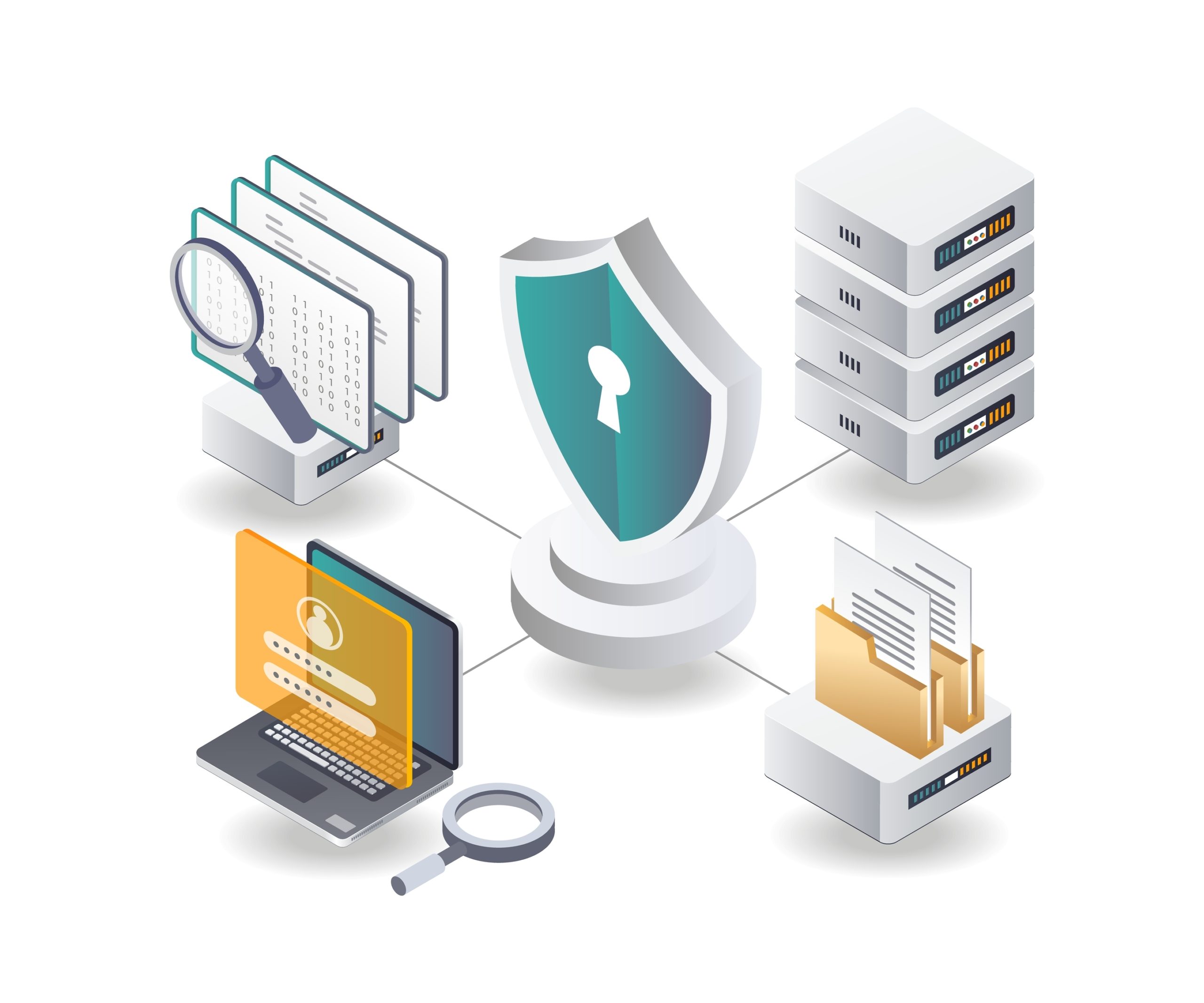Are you aware of the multitude of publicly known vulnerabilities? The Cybersecurity Infrastructure and Security Agency (CISA) has documented over 750 publicly known vulnerabilities and consistently releases more. These vulnerabilities encompass various issues, ranging from software glitches to insecurities in web browsers and applications. It's crucial to understand that these vulnerabilities are not only public knowledge but also remain unpatched, making them susceptible to exploitation by malicious actors.

Regularly scheduling network vulnerability assessments and promptly addressing identified issues by applying patches is key to eliminating opportunities for threat actors to exploit known vulnerabilities. This proactive approach significantly reduces your organization’s cyber risk.
Remaining vigilant and actively addressing these concerns is no longer merely a best practice; it’s a necessity for organizations prioritizing the security of their IT assets and data. Integrating routine or continuous network scans seamlessly into your business operations is essential to promptly identifying and addressing patch management issues. This is precisely where our expert team excels.
Partner with Us for Proactive Vulnerability Management
When you collaborate with us, our dedicated professionals will not only identify and pinpoint vulnerabilities but also meticulously analyze the results to eliminate redundant and false findings. We understand that actionable insights are crucial for your cybersecurity strategy. That’s why we provide you with a user-friendly, actionable report that empowers your team to take swift and effective measures to enhance your defenses.




Our team is here to help. Reach out using the link below.
GET IN TOUCH WITH US